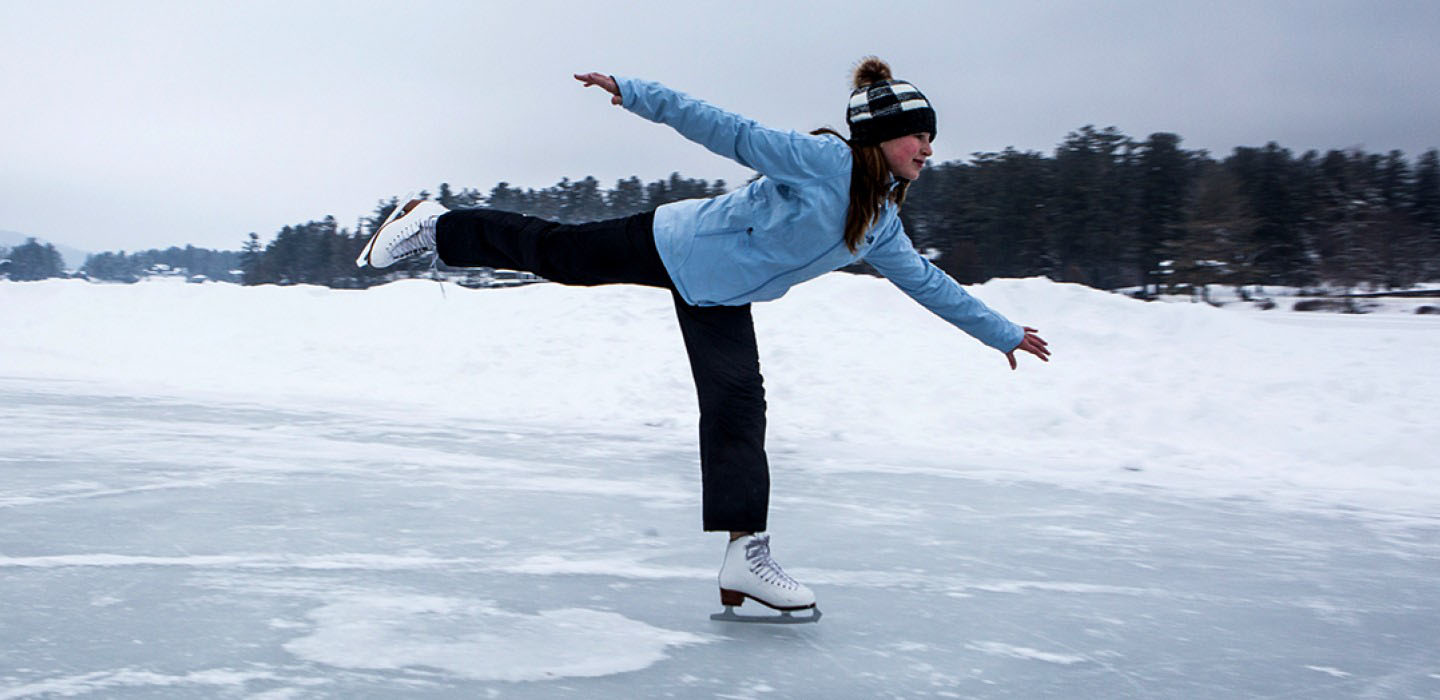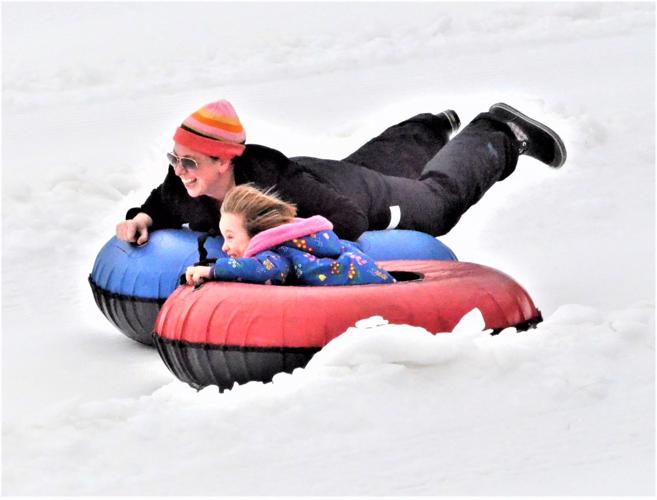
A half-pipe is an u-shaped channel that snowboarders and freestyle skiing enthusiasts use to perform their aerial tricks. This is a very popular sport in ski resorts around the world and is used often by professional riders to practice their skills before competing.
There are two types if half pipes: temporary or permanent. The first can be constructed using snow and dirt, while the second requires a special machine called an operator to create smooth walls.
Before competing in the Olympics, skiers/snowboarders were first taught how to use a halfpipe. The sport evolved to be a high-performance discipline in which judges assess jump height (amplitude), trick difficulty, and other factors. To maximize jump amplitude and avoid injury, the marking criteria are very technical.
Skiers and snowboarders must be able to control their turning and edge well before they can ride the half-pipe. This is essential because the pipe has many walls and is narrow. It can be difficult to navigate between them.

The half pipe can also be dangerous if a snowboarder or skier is not properly trained. Their lack of speed could cause them to get hung over or even fall.
Half-pipes can be intimidating for many people. However, it is worth getting help from a professional. This will allow you to get a feel of the terrain and give you a taste.
There are many top ski resorts in the United States that have half-pipes. These include Vail, Eldora, Snowmass and Buttermilk, as well as Copper Mountain.
Half-pipes in ski resorts around world come in a variety of configurations. Some have only one lane. Others have double- or triple-lane configurations. Halfpipes of this type are most commonly found in the single lane. This is because it is easier and more accessible.
A double lane half-pipe is more difficult and usually requires advanced skill to perform on. But, it's still easy for beginners to learn.

Some half-pipes are specialized and have an invert on one end of the pipe. This allows riders to spin or make an arc. This feature is also known as the "trany" or "transition".
The trany, or gradual upward curve, runs from the bottom of the pipe to its top. It is the slope that goes up towards the top of the vertical section (or lip) of the pipe. A skier or snowboarder must approach the trany on their toe edge to begin riding.
After the trany is complete the skier/snowboarder can then reach the top on their heel edge. This is also known as a "backside" or "switch turn".
Half-pipes are available for competitors in the United States. These include the traditional half-pipes, as well as a new style of half-pipe where the skier or snowboarder approaches the wall on their heel edge, a technique commonly referred to as a switch double cork.
FAQ
Are you concerned about what you might lose when you travel?
Yes, I often forget stuff. This happens especially when I'm going on a short trip. But luckily, I always have everything with me, so I never run out of anything.
For instance, I always carry my passport with me. When I purchase tickets, I make sure I have enough cash.
Also, my phone charger is always with I. To store any other items, I keep them in a small bag.
What amount of luggage should I bring?
The length of the trip will affect how much luggage that you can take. Hand baggage is usually limited to 20 kg if you travel by plane. However, if you are taking a train or bus, then you will need more space.
A form will be provided to you when you arrive at the airport with information about your flight. This will include information like the weight of your bag and whether you need assistance in checking them in.
You should always check this before leaving home. If you don’t, you may end up sitting around waiting while everyone else goes through their bags.
It is best to travel light because you never know what might happen. If your bag is lost or damaged, you will not have any clothes.
How can I make traveling more fun?
Traveling should not just be about getting from point A to B. It should not be about just getting from point A to B.
We created "Traveler", an app that allows you to plan your trip by creating itineraries according to your interests.
We are currently adding new features like booking hotels, flights, and renting cars.
The goal of this project was to create an easy travel planning tool for those who want to explore more while they're on the road.
Should I buy travel insurance?
Travel insurance is vital if you're planning to travel. In fact, you should have cover for all types adventure sports.
If you plan on skiing, make sure that you have health insurance. You should also look into getting coverage for things like theft, loss, and damage.
You should also consider buying cover for cancellation. This means that you can cancel your holiday without paying any penalties.
You should also ask for coverage for emergency evacuation. In the case of an avalanche and other natural disaster, you can be evacuated from the mountain.
What can I put in my suitcase for travel?
Two pairs of shoes is a good rule of thumb. Two pairs are needed for daily walking in the city and two for vacation.
Make sure you have enough clothes to cover both. It is important to have extra clothes in case you travel by plane.
You may want to consider bringing some extra clothing with you if your plans are to stay for a longer period of time. You won't feel uneasy when shopping for new outfits.
Comfortable shoes should be worn if you are taking the bus or train. You'll also need to bring a spare set if you are driving.
Also, remember to bring plenty of toiletries, such as shampoo, toothpaste, moisturizer, deodorant and toothpaste.
Finally, don't forget a flashlight, insect repellents, sunscreen, sunglasses, a hat and a first-aid kit.
It's better to keep all your items in one bag than to try to fit them in different bags. By doing so, you can save time and space.
Don't forget to bring a towel and a washcloth. They'll come in handy when you shower after a long day of sightseeing.
Statistics
- No Checked Bags: No Alcoholic beverages with more than 70% alcohol (over 140 proof), including grain alcohol and 151 proof rum. (tsa.gov)
- That's an 18% jump from 2019, the previous record year. (travelandleisure.com)
- Case in point: the private island of Ilha Caldeira, less than seven miles off the coast as part of the Primeiras and Segundas Archipelago, is located within the marine-protected area with 20 percent of the country's intact living coral. (travelandleisure.com)
- Between the ages of 11 and 13, kids, or tweens, will likely want some autonomy but also need boundaries. (travelandleisure.com)
- They're also likely to offer babysitting services, in case you'd like to have dinner one night after 7 p.m. (travelandleisure.com)
External Links
How To
How to plan your next vacation
Booking flights, hotels, car rental, and activities are just a few of the many aspects involved in planning a trip. It includes important considerations such a budget, destination, weather forecast, time frame, etc.
These are important points to remember when planning your next vacation.
To ensure you get everything right, we have created a step-by-step guide to help you plan your next vacation. This guide is based on customer feedback and our experience. We hope you find this guide helpful and easy to follow when planning your next vacation.
Steps:
-
Plan your Budget. This is one of the most important steps to prepare for a trip. Before you can start planning where and what you will do, you must first know how much you are willing to spend. If you don't have the money, your plans may be cancelled.
-
Book Your Tickets - Once you've decided on your budget and set your priorities, booking your flight tickets is the first thing that you should do. Make sure you choose the best flight deal available at the lowest price. You should also check to see if any airlines offer special deals during specific seasons. These deals could be a great way to save money.
-
Choose Your Destination - Once you've booked your ticket, the next thing you'll need to decide is where you'd like to travel. Multiple factors will play a role in choosing the destination you choose, such as location (wherever you are), climate (what season), culture (how friendly and affordable it is), cost (how affordable it can be) and cost.
-
Find Accommodations - After choosing your destination, the next step would be finding accommodations. You have many accommodation options, from hostels and luxury suites to choose from. The type of accommodation you choose will depend on your preferences and needs. If you are looking for somewhere close to the center of the city, a hotel might not be the best option. On the other hand, if you prefer quiet places away from crowds, a homestay may suit your requirements better.
-
Select Activities & Attractions. After you have chosen your accommodation, now it's time to choose the activities and attractions that will be included in your itinerary. Depending upon the length of your stay you have two options: choose just a few activities, or add many more to your itinerary.
-
Select Activities and Attractions - Now it's time for you to plan your itinerary. You should follow a set schedule to get the most out of your trip. But, it's possible to enjoy your trip more if your schedule is flexible.
-
Make an itinerary - This is where you include all details about your trip. These information can include flights, accommodations, activities and restaurants. You will need to record them all and make a list.
-
Research Online - Before leaving for your trip, research online so you won't miss anything. You can read reviews and testimonials about other destinations to get their opinions. This way, you will be able to plan accordingly.
-
Take care when packing. Too many clothes is not a good idea. Try to bring just three sets of clothes instead of five. Bring clothing appropriate for the weather you're visiting.
-
Be Prepared - Finally, be prepared! Have everything ready before setting off for your trip. You don't want your trip to be ruined by searching for vital documents while you're in transit.